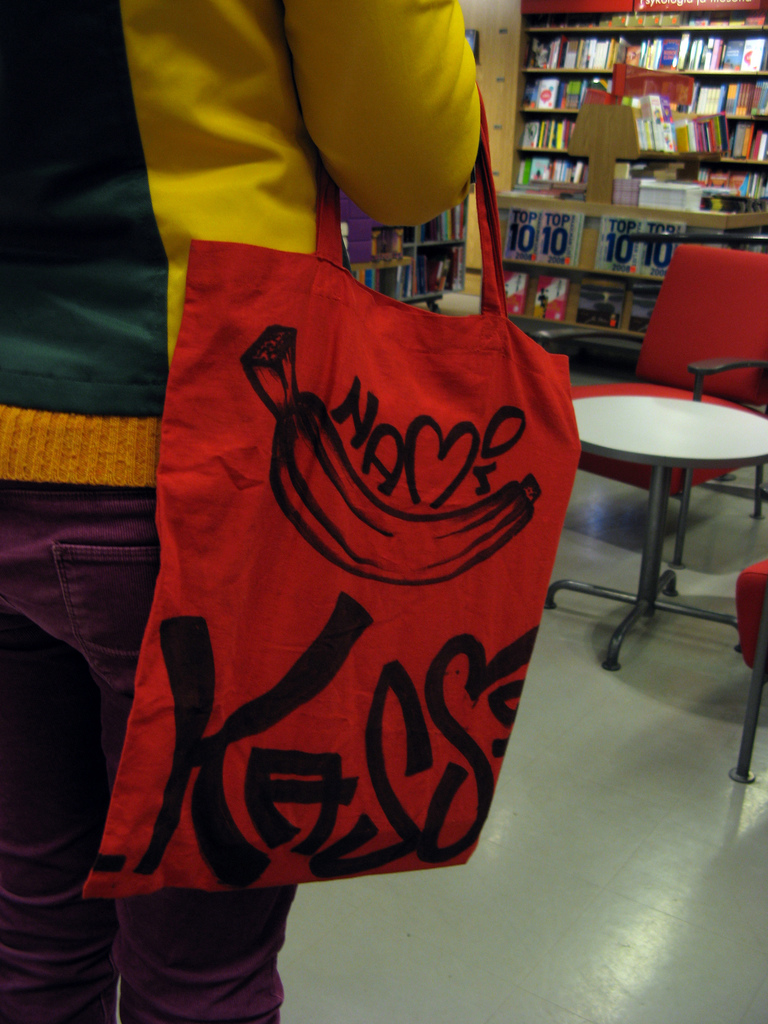Economy Watch: U.S. Retail Sales See Uptick
According to the U.S. Department of Commerce, January retail sales rose 0.5 percent compared with December and 4.7 percent compared with January 2009.
February 16, 2010
By Dees Stribling, Contributing Editor
According to the U.S. Department of Commerce, January retail sales rose 0.5 percent compared with December and 4.7 percent compared with January 2009. That counts as “better than expected” according to various economists, but almost anything would be better than the pit that retail sales found itself in a year ago. It was the third monthly uptick in a row.
Not every retail sector shared in the uptick, however. Furniture and home furnishing stores tallied 1.4 percent lower sales in January 2010 than December 2009, and 6.3 percent lower sales than a year ago, as people still believe that a new living room set is pretty low on the list of necessary purchases when you’re not quite sure about your job.
That might account for the latest numbers from the Reuters/University of Michigan consumer sentiment index, which fell from 74.4 in January to 73.7 in early February. It’s clearly going to take more than a few months of positive numbers to un-spook the U.S. consumer.
Leasing Those Big Boxes
Working through the problems caused by big box retail contraction has also been a slow process, but some landlords are reporting progress in that area. Oak Brook, Ill.-based Inland Real Estate Corp., for instance, was left with a lot of space on its hands when Wicks Furniture went belly up, and has also experienced vacancies caused by the assorted problems of Linens ‘N Things, Circuit City, Filene’s Basement and Bally’s Fitness.
Regarding the Wicks space, Mark Zalatoris, president and CEO of Inland Real Estate, said during the company’s conference call on Friday that “we’ve been successful leasing four out of the five spaces at rates on average higher than those that Wicks was paying.”
That’s the good news. “Unfortunately, filling vacancies created by the other big box bankruptcies has taken longer as a supply of available retail spaces increased and retailer demand has contracted,” Zalatoris continued. “To date, we have returned over 50 percent of the GLA returned to us via big box chain failures… With respect to a few of those big box vacancies, we made the difficult but practical decision to sign replacement leases at rates lower that the formal rents.”
Japanese Sees Long-Awaited Expansion
Greece might be in Dutch, but Japan–which no one could possibly bail out–is showing some signs of recovery. The country’s GDP product grew 1.1 percent during 4Q09 compared with the previous quarter, and at a 4.6 percent annualized rate, according to the country’s Cabinet Office. Economists who concern themselves with the Japanese economy, still the world’s second largest, weren’t predicting quite so much growth.
Demand for Japan’s exports in the rest of Asia seems to be a contributing factor in the spurt, as well as a weaker yen recently. Spending by Japanese consumers rose 0.7 percent and business investment gained 1 percent.
Wall Street saw a mixed day on Friday. The Dow Jones Industrial Average ended down 45.05 points, or 0.44 percent, and the S&P 500 lost 0.27 percent. The Nasdaq, on the other hand, gained 0.28 percent.








You must be logged in to post a comment.